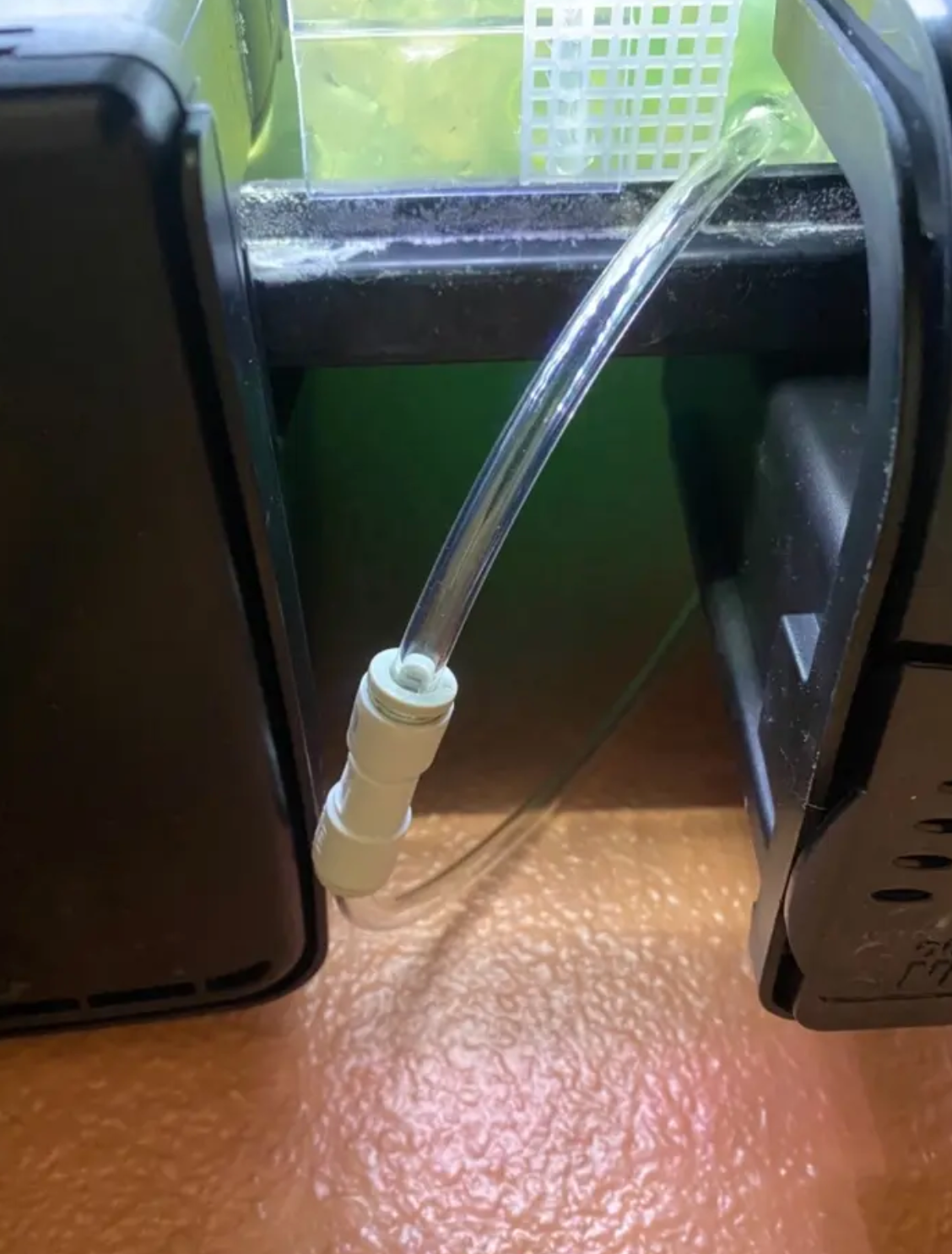Do I need a check valve- CO2 system must be safe!
We all know how expensive this hobby is, even on the low-tech side. The aquarium itself, lighting, filtration, substrate, plants, animals, fertilizers, and a lot of other things are on the list including the CO2 system if one decides on the high-tech setup.

What is a check valve?
Check valves are not devices to check CO2 level in the tank. Check valve belongs to the group of very simple devices used in the aquarium hobby, usually made of a spring, piece of rubber. Check valves are automatic devices, which means that they do not need any control systems. They work on the principle of pressure difference.
What is the purpose of using a check valve in the CO2 System?
The aquarium CO2 check valve is a must-have on the CO2 line. It permits gas to flow in only one direction, protecting the very expensive CO2 regulator from damage. Actually not the regulator itself but the solenoid valve which is connected to electricity. You know... Water flowing into the electromagnetic solenoid means circuit!

Where to place the check valve?
The CO2 check valve should be placed right under the bubble counter/ Inline Diffuser as water is present directly in these devices. If you're not using a bubble counter, the check valve must be installed between the regulator and the diffuser, ensuring solenoid protection.

What about check valves in-built into the bubble counters?
Indeed, most of the bubble counters present on the market are already equipped with a check valve- so do the CO2Art bubble counters: Inline LINK and bubble counters included to our regulators LINK. This means that you don't need additional one if using it although you want to be super safe :)
Isn't an extra check valve a possible leak point?
Many hobbyists resign from using a check valve as this can be an additional place leak point in the CO2 system as the tubing must be cut to connect the check valve. It's partially true. Because it can be! The same as the needle valve, CO2 tubing, bubble counter, any adapter or the CO2 bottle itself. Leaks happen as the whole system works under high pressure. Therefore it's always good to check if the system is leak-free by using some soapy water on all the connections and turn everything on. Then if there is a big leak on the CO2 line, you will see bubbles coming from the leak-place in a few seconds. It's worth doing this procedure once a few weeks to ensure everything is safe and leak-free.
Summary
Check CO2 valves for aquariums are essential if we want to enjoy the equipment for a long time. They prevent water back flow and protect the expensive regulator from damage. Invest in good quality CO2 check valve, not cheap plastic check valves that crack after a few psi more. This is a little this that really matters.



